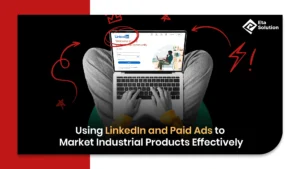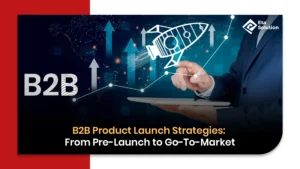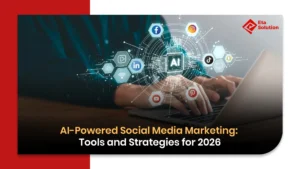
YouTube Video SEO: Guide to Rank Higher on Google
YouTube is no longer a video platform; it is a search platform for visibility. If your videos don’t show in the Google search results, you’re missing out on huge potential views and customers. For anyone trying to position themselves as a thought leader, or more generally a brand amongst the competition, YouTube SEO is a great way to start and should be one of the most critical YouTube SEO Strategies you are undertaking.
YouTube videos account for over 70% of Google’s universal search results for many of the high-volume keywords. For business owners and marketers who are looking to build their digital visibility, this is a great opportunity to take advantage of. As the Social Media Marketing agency, we’ve seen how YouTube can increase visibility and engagement immensely, depending on optimization.
This article is going to share YouTube video SEO tips and how to rank your videos on Google, with the updated YouTube algorithm guide always changing.
How to Rank YouTube videos on Google?
Google views video content on YouTube through many of the same signals it uses for more traditional search engine optimization, as well as more video-specific signals.
- Relevance: How relevant is your video content to what that user is looking for, usually based on metadata?
- Engagement: The metrics like watch time, likes, sharing, and comments tell Google your video matters to users.
- Quality content: Long watch times and low drop-off rates lessen the likelihood that your video content isn’t serving user intent.
- Freshness: In general, new and newly updated videos rank higher compared to competition in the same competitive niche.
- Channel Authority: Trusted channels that regularly post and gain subscribers hold more authority in Google.
Experts at various digital marketing conferences have recently suggested to businesses that they should use SEO for video content, along with growth for their channels. It is also important to note that just because you have success with one video does not equate to success in establishing a trusted channel ecosystem.
Researching Keywords for Your Video Titles and Descriptions
Video Keyword Research is a unique process that is inherently different from regular SEO keyword research. Thankfully, YouTube provides its autocomplete feature and “related search” option at the bottom of its search results pages, both of which can be essential in determining what your audience is actually searching for.
Industry insiders are now suggesting that you use a combination of high-volume search terms with long-tail keywords around one specific question or problem your audience is trying to overcome. TubeBuddy and VidIQ have become extremely useful in identifying these long-tail keywords, phrases, or “tags” for your even broader-based “keyword”.
For example, if your video was targeting “Best Social Media Marketing Agency In Ahmedabad,” you could couple that with an even more specific set of related keywords like “social media strategies for businesses” or “top digital marketing Ahmedabad.” By breaking it down that way, you are more likely to get your video found both on YouTube and Google, through more than one type of search intent.
The Lifecycle of a YouTube Video on Google Search

Improving Click-Through Rates with YouTube Video Titles
Your video title is the first impression someone gets when they see your video in the search or in the ‘suggested video’ list. You want your title to be catchy, clear, and include the main keyword toward the front of the title.
Data from VidIQ shows that titles that are 60 to 70 characters have optimal play rates since they are easier to scan than longer titles while still including keywords. Do not keyword-stuff your title; rather, use natural language so it does not look robotic, but entices viewers to click your video.
An ideal title targeting our primary keywords could look like:
“Trustable Social Media Marketing Agency In Ahmedabad: Proven Strategies for 2025”
Combining clarity, relevance, and a readily compliant keyword title, you can once again take advantage of the numerous SERPs and suggested video sections for the next few months, if you get your titles right.
Writing SEO Friendly YouTube Descriptions and Tags
Describing and tagging content is still important because it helps develop context and relevancy for YouTube to understand:
- Descriptions should have your main keyword in the first 2-3 lines, as it will show up in the search snippet.
- It is best to use 250-300 words to explain what the video is about, while using secondary keywords when you can. Things you could look at would be “YouTube tags and descriptions” and “video Metadata SEO“.
- Tags, although they are not as essential as they used to be, will still help categorize your content. When choosing your tags, consider a mix of broad and niche tags, even though they are still being used.
Additionally, YouTube is now scanning the description for entities and sentiment, which may play a role in discoverability. If you take care writing your descriptions and think of the user first, you may have an advantage over your competitors who just copy and paste or generate generic content.
Captioning, Subtitling, and Transcribing for SEO Use
Captions and transcripts not only enhance accessibility, but they also help with SEO! Captions and transcripts add text for Google to crawl into its index.
Research indicates that videos with captions have a 13% higher view rate – plus adding text in the video gives you more context and keyword density, Resulting in better rankings from both YouTube and Google.
Adding subtitles in other languages allows your content to go even further in distribution around the globe to capture international search traffic. It’s often a missed opportunity by marketers, but it’s a rapidly increasing opportunity.
Engagement Metrics: Likes, Comments, and Watch Time
Content that drives engagement = Google and YouTube will favor your video in the rankings. Video watch time is the closest metric to dozens of other factors that influence quality, but overall watch time is the strongest signal to Google and YouTube of content quality.
Encouraging viewers to comment or like your video isn’t just for vanity metrics… it is also to signal positive ranking potential.
Marketers leveraging community engagement see a level of growth in ranking and subscriber numbers virtually every time. Organic engagement creates algorithmic favor, while canned or spammy comments create harm to your visibility.
Custom Thumbnail Creation that Elevates Clicks and Visibility
YouTube thumbnail SEO is often a misunderstood art. A high-quality thumbnail will catch people’s attention and significantly raise your click-through-rate.
Use high-contrast, clear images, and avoid fancy, unreadable text overlays. Building on YouTube’s own research, it is possible to see view increases of over 154% with a custom thumbnail!
While optimizing custom thumbnails, be sure to include all visual cues relating back to the subject content to lower viewer drop-off rates and improve your rankings. Google notices when viewers stay to watch your video after you click on it!
How Playlists and Channel Optimization Aid SEO
When done appropriately, playlists can spin or organize content around series, boosting watch time and increasing channel authority!
Much like our social media marketing agency example above from Ahmedabad, channel optimizations such as consistent branding, smartly-designed About section, and pinned videos signal to Google that your brand is credible and niche-based as a channel.
Of course, perhaps the best illustration of playlist success is the agency above, which maintains multiple videos with a single playlist that draws users across multiple titles. In turn, this multiplies the SEO-weighted impact of their overall channel.
Embedding Videos on Websites for Improving Google Rankings
When you embed your YouTube videos on related websites, you improve the discoverability by the SEM, and so you drive traffic directly back to your site AND send a signal to Google that your video content is useful and that it deserves to be ranked.
Research shows sites that embed videos have 2.5 or more organic search traffic and lower bounce rates.
For example, if a business owner targeted the keyword “Best Social Media Marketing Agency In Ahmedabad” and they started to optimize YouTube videos on their landing pages, it would help to reinforce their video keyword SEO and site SEO and have the two pair with one another.
Final Take
In a crowded landscape of content, knowing how to and being good at YouTube search optimization is your competitive advantage. Each detail matters, ranging from keyword research to title structure, engagement signals, and so forth, and embedding videos on websites.
For those looking to partner with a reliable Social Media Marketing Agency in Ahmedabad, knowing how to do this is not an asset; it is a “game-changer”. Video is the future of digital marketing, and those who optimize their YouTube presence now will be at the top of the search results one day soon.
YouTube SEO is about optimizing videos so they show up in YouTube search results and recommendations, while Google SEO focuses on ranking websites and written content on Google search. YouTube looks at things like video titles, descriptions, tags, thumbnails, and engagement (likes, comments, watch time), whereas Google looks more at website content, backlinks, and site authority.
Video length matters, but there’s no single “perfect” length. Short videos can work if they give quick, clear answers, while longer videos can rank well if they keep viewers engaged for more time. What matters most is whether your video holds attention and provides value, not just how long it is.
Watch time (total minutes people watch your videos) and audience retention (how much of your video viewers watch) are two of the most important ranking factors on YouTube. If people watch your videos longer without clicking away, YouTube sees it as a sign of quality and recommends your video more often in search and suggestions.
Yes, adding keywords in your video file name can help, but it’s a small factor compared to titles, descriptions, and tags. For example, naming your file “youtube-seo-tips.mp4” is better than “video123.mp4.” It gives YouTube a little extra context about your content before it’s published.
Yes, YouTube Shorts can appear in Google search results, especially if they are well-optimized with the right titles, descriptions, and keywords. Since Google often shows video content for certain searches, your Shorts have a good chance to show up if they are relevant and engaging.

What started as a passion for marketing years ago turned into a purposeful journey of helping businesses communicate in a way that truly connects. I’m Heta Dave, the Founder & CEO of Eta Marketing Solution! With a sharp focus on strategy and human-first marketing, I closely work with brands to help them stand out of the crowd and create something that lasts, not just in visibility, but in impact!

Industrial Product Marketing with LinkedIn & Paid Ads

Top Digital Marketing Strategies for Industrial Products in 2026

B2B Product Launch Strategies: From Pre-Launch to Go-To-Market

